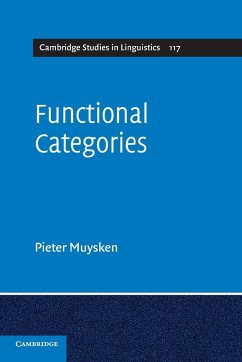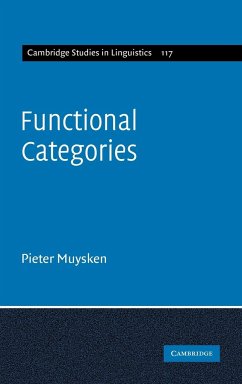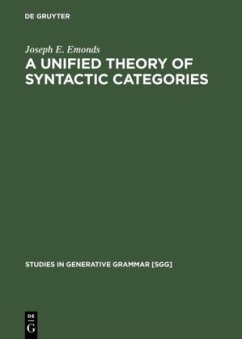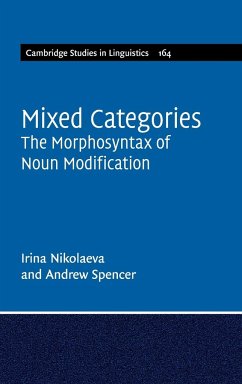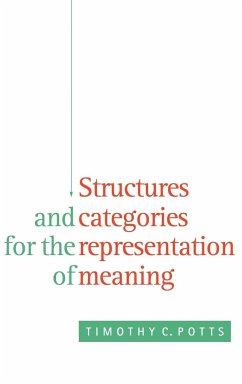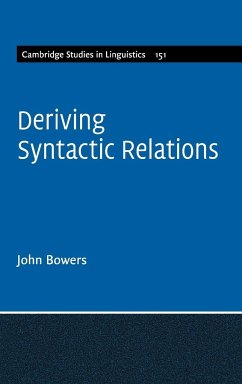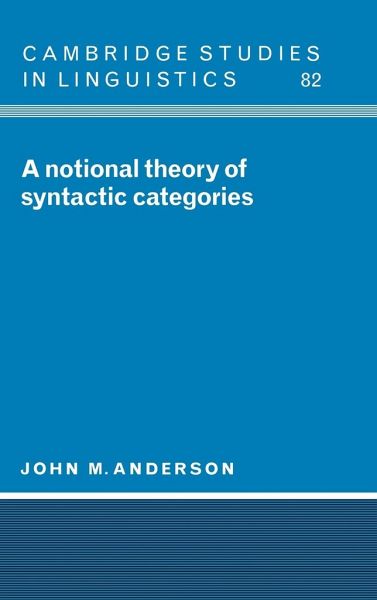
A Notional Theory of Syntactic Categories
Versandkostenfrei!
Versandfertig in 1-2 Wochen
152,99 €
inkl. MwSt.

PAYBACK Punkte
76 °P sammeln!
This book presents an innovative theory of syntactic categories and the lexical classes they define. It revives the traditional idea that these are to be distinguished notionally (semantically). It allows for there to be peripheral members of a lexical class which may not obviously conform to the general definition. The author proposes a notation based on semantic features which accounts for the syntactic behaviour of classes. The book also presents a case for considering this classification - again in rather traditional vein - to be basic to determining the syntactic structure of sentences. S...
This book presents an innovative theory of syntactic categories and the lexical classes they define. It revives the traditional idea that these are to be distinguished notionally (semantically). It allows for there to be peripheral members of a lexical class which may not obviously conform to the general definition. The author proposes a notation based on semantic features which accounts for the syntactic behaviour of classes. The book also presents a case for considering this classification - again in rather traditional vein - to be basic to determining the syntactic structure of sentences. Syntactic structure is thus erected in a very restricted fashion, without recourse to movement or empty elements.
Table of contents:
1. Prelude; 2. Fundamentals of a notional theory; 3. The syntax of categories; References, Index.
This book presents an innovative theory of syntactic categories and the lexical classes they define. It revives the traditional idea that these are to be distinguished notionally (semantically). The author proposes a notation based on semantic features which accounts for the syntactic behaviour of classes.
This book presents an innovative theory of syntactic categories and the lexical classes they define.
Table of contents:
1. Prelude; 2. Fundamentals of a notional theory; 3. The syntax of categories; References, Index.
This book presents an innovative theory of syntactic categories and the lexical classes they define. It revives the traditional idea that these are to be distinguished notionally (semantically). The author proposes a notation based on semantic features which accounts for the syntactic behaviour of classes.
This book presents an innovative theory of syntactic categories and the lexical classes they define.






